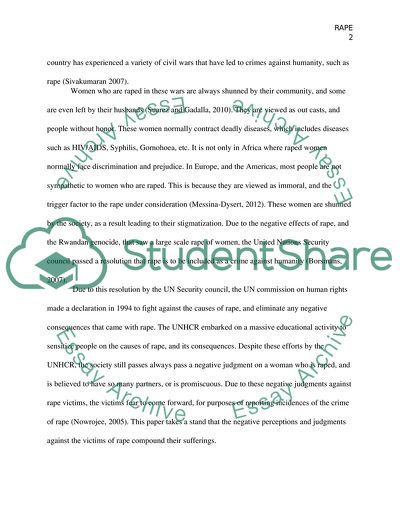Cite this document
(Challenges in Aid to Rape Victims Literature review Example | Topics and Well Written Essays - 2500 words, n.d.)
Challenges in Aid to Rape Victims Literature review Example | Topics and Well Written Essays - 2500 words. https://studentshare.org/law/1813319-how-do-societalcommunity-attitudes-compound-the-suffering-of-rape-victims
Challenges in Aid to Rape Victims Literature review Example | Topics and Well Written Essays - 2500 words. https://studentshare.org/law/1813319-how-do-societalcommunity-attitudes-compound-the-suffering-of-rape-victims
(Challenges in Aid to Rape Victims Literature Review Example | Topics and Well Written Essays - 2500 Words)
Challenges in Aid to Rape Victims Literature Review Example | Topics and Well Written Essays - 2500 Words. https://studentshare.org/law/1813319-how-do-societalcommunity-attitudes-compound-the-suffering-of-rape-victims.
Challenges in Aid to Rape Victims Literature Review Example | Topics and Well Written Essays - 2500 Words. https://studentshare.org/law/1813319-how-do-societalcommunity-attitudes-compound-the-suffering-of-rape-victims.
“Challenges in Aid to Rape Victims Literature Review Example | Topics and Well Written Essays - 2500 Words”. https://studentshare.org/law/1813319-how-do-societalcommunity-attitudes-compound-the-suffering-of-rape-victims.


